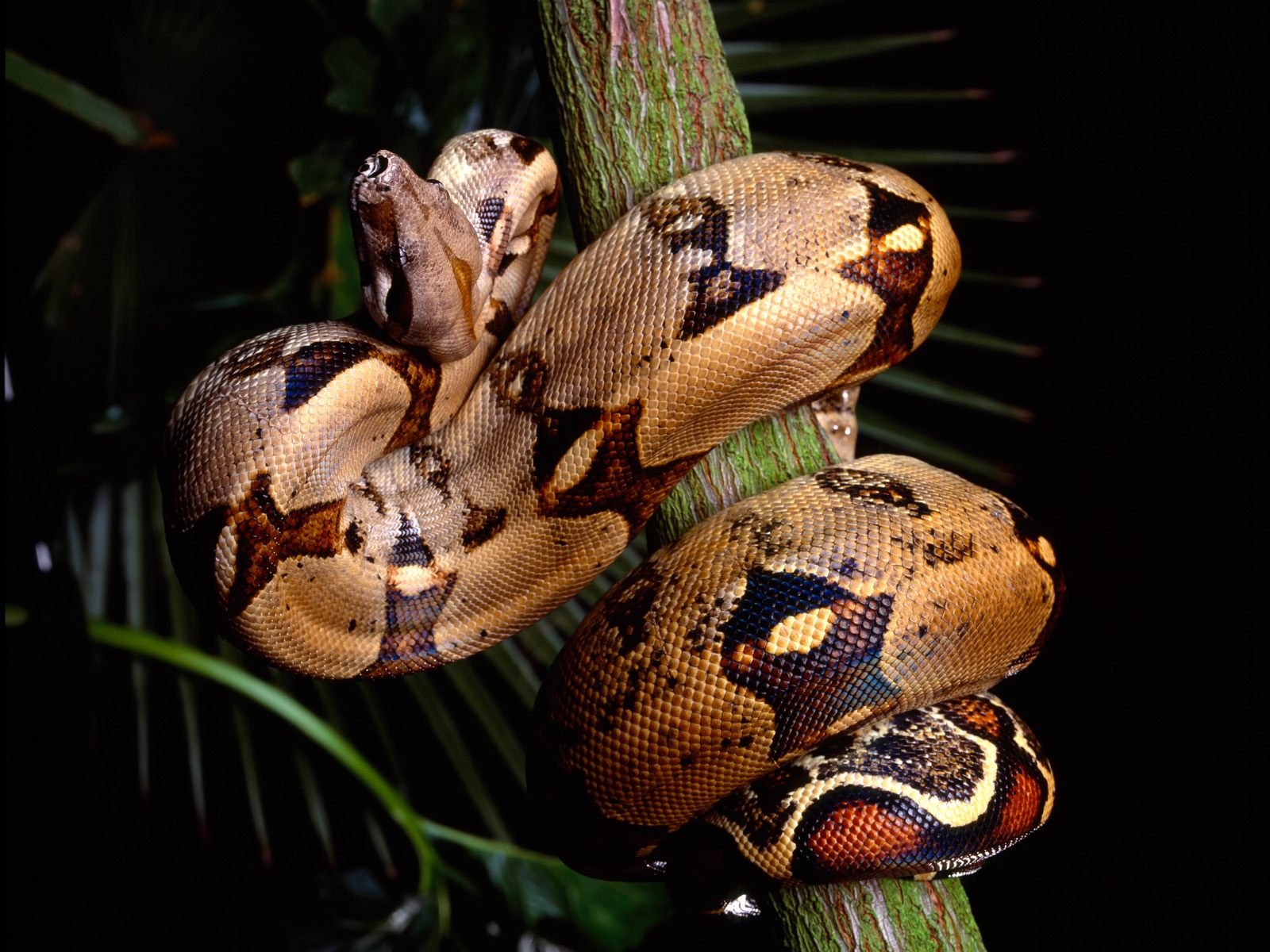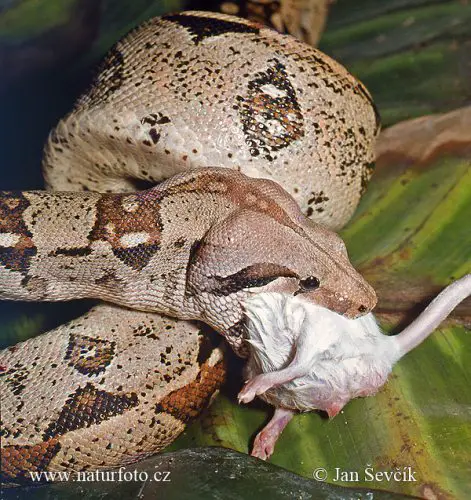
You can find these snakes in South America, in both Brazil and Bolivia. This makes them quite easy to keep and handle, although they’re still not one of the more popular boa constrictor subspecies. This stunts their length overall, and they max out at about six feet.īecause of their short tail, they also look thick and stubby. Their more common name is the short-tailed boa, because they have very short tails. Starting with Amaral’s boa, this snake was named after Brazilian zoologist Dr. Short-Tailed Boa/Amaral’s Boa (Boa Constrictor Amarali)
Venezuelan boa imperators share a habitat with BCCs, leading to interbreeding. According to Litteratura Serpentium, BCIs have fewer dorsal and anal scales. There’s another difference between BCIs and BCCs. So, are they a separate species or just a subspecies? In 1803, it was first given the scientific name ‘Boa imperator.’ In 1842, it was reclassified again as ‘Boa eques.’ In 1910 it was first termed ‘Boa constrictor imperator,’ as it was again in 1951. Scientists are not sure whether to classify the boa imperator as a separate species or not. They’re more likely to bite.įacts About the Boa Constrictor Imperator They’re not as gentle and docile as red-tailed boas. In captivity, BCIs are different from BCCs in terms of behavior. BCIs are also a little shorter and slimmer than BCCs. The main difference is that BCIs have a dark brown or dark red tail. BCIs have markings that are more rounded, whereas BCCs often have a little notch in their markings, a small point on each side. They have very similar markings, so much so that it’s difficult for a novice to tell them apart. These snakes live in Central America, not South America.īCIs are very similar to BCCs. Some scientists think that the boa imperator is a different species to the boa constrictor. To help distinguish between the two species, these snakes are referred to as BCIs. If somebody tells you they own a boa constrictor, and it’s not a red-tailed boa, it’s probably a boa imperator. They’re now an invasive species in the wild in some states, like Florida.īoa Imperator (Boa Constrictor Imperator) Because of the sheer number of snakes in captivity in the U.S., it’s inevitable that some are lost or abandoned. The initial pressure on the red-tailed boa population caused them to become much rarer in their natural habitat. This gave them a reputation for being an aggressive snake. When they first became popular, the majority of captive red-tailed boas were wild-caught. In the wild, they’re a nocturnal snake that likes to climb in trees, hence why so many wild specimens live in the rainforest. They can live for between 20 and 30 years if they’re well-cared for. Their name is derived from their bright red tails, which they keep into adulthood. They range from brown to cream or gray, and have reddish-brown markings known as saddles in a pattern along their back. Females are larger than males, both in terms of length and weight. Regarding boa constrictor characteristics, they grow to between five and nine feet on average, but can reach thirteen feet if they’re well fed. 
Among snake owners, it’s known as the BCC which is an abbreviation of their scientific name. This boa is native to almost all of South America, as well as some Caribbean islands. If somebody says they own a boa constrictor, this is probably the snake they mean. Red-Tailed Boa (Boa Constrictor Constrictor) Given that they live so close to one another, with their ranges overlapping, there’s significant interbreeding that occurs in the wild.

They all differ slightly regarding size, color, and pattern. In the species Boa constrictor, there are at least eight subspecies that hail from different parts of South and Central America. These two species are the only ones in the Boa genus. The other species is ‘Boa imperator,’ which is mostly similar to the regular boa constrictor but from a different geographical range. One species is ‘Boa constrictor,’ which contains most of the subspecies. When you’re talking about ‘boa constrictors,’ you’re referring to two different species in the genus Boa. 1.10.1 Facts About Orton’s Boa List of Boa Constrictor Species






 0 kommentar(er)
0 kommentar(er)
